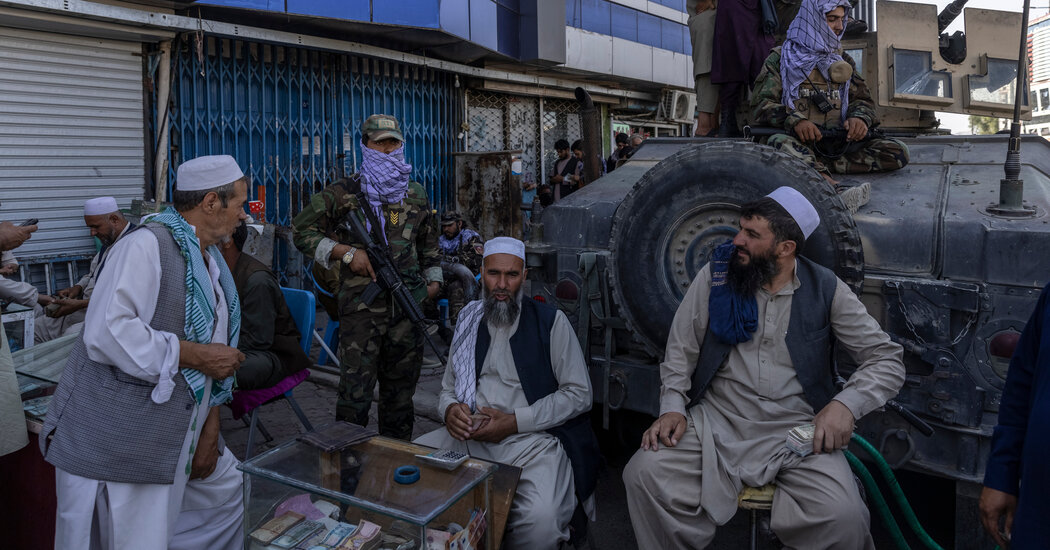
The system functions on the premise that people want to send equivalent amounts of money between two locations. Loans and transfers are recorded on ledgers, but money doesn’t have to change hands. Those features make it useful for evading taxes, paying bribes and laundering ill-gotten gains.
Hawala was a necessity under the Taliban-led Afghanistan of two decades ago, before the American invasion in 2001, when money from illicit sources greased the country’s financial wheels. In addition to hawala, opium from the country’s vast poppy fields and smuggling brought the country money from the rest of the world, offsetting weak trade. As insurgents, the Taliban funded themselves by taxing smuggled goods like televisions and fuel, in transactions often financed through hawala, and through the drug trade.
But the Afghanistan of 2021 is a country transformed. The economy, though its growth has been unsteady over the past decade, is five times the size it was in the early 2000s. Once scarce in most places, electricity is now widely available. Smartphones and internet access are common.
Foreign money helped. Over the two decades, the United States spent more than $145 billion on reconstruction activities in Afghanistan, according to the U.S. government. Much of it was used to build the Afghan security forces, but funds also went toward large-scale infrastructure projects and an economic support fund. More than three quarters of the Afghan government’s $11 billion annual public expenditures was paid for by donor funding.
Sept. 2, 2021, 5:49 p.m. ET
The Taliban will be hard-pressed to make up that shortfall.
Since taking over Afghanistan, the Taliban have said they will stop production of opium. But for the hawala system to work, Afghanistan must ultimately find sources of hard currency to lubricate the lines of credit that would snake back into the country. With exports in 2019 of about $870 million — mostly carpets, plus figs, licorice and other agricultural products — Afghanistan has little to offer on a large scale that is as lucrative as opium.
The Taliban could see support from governments like Pakistan, Iran and China that might have their own reasons for keeping relations with Afghanistan warm. Trade has already started up again with Iran, said David Mansfield, an independent consultant and an expert on rural Afghanistan, citing satellite imagery of fuel tankers and transit trucks moving across the border. He has estimated that during its insurgency, the Taliban was able to raise more than $100 million a year from informally taxing goods from Iran and southern Afghanistan.
Even if the Taliban raised several multiples more than that, it would mean a return to the minimalist state like the 1990s.



